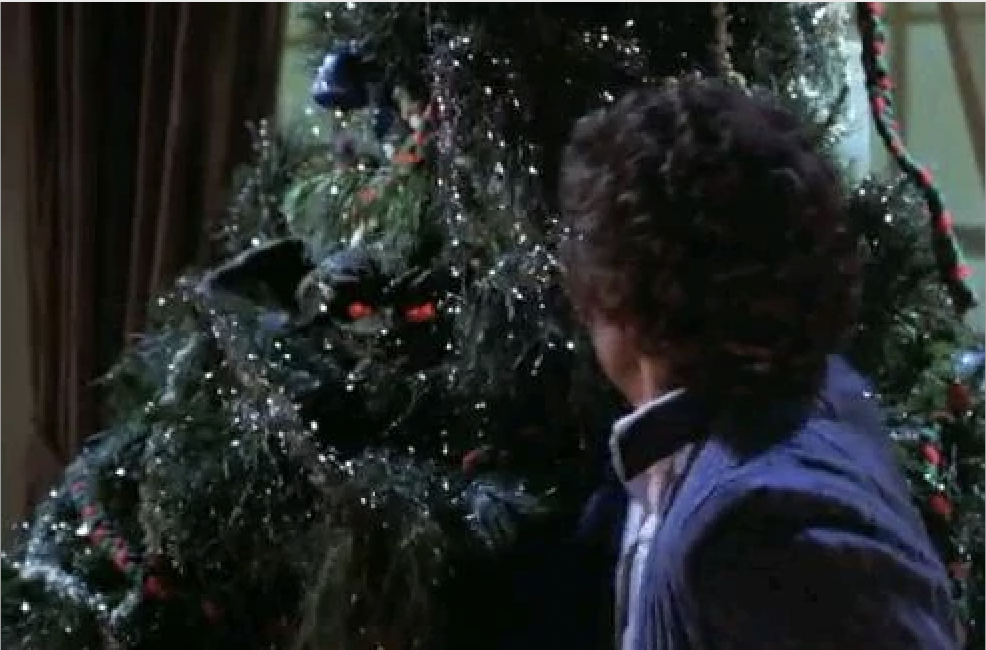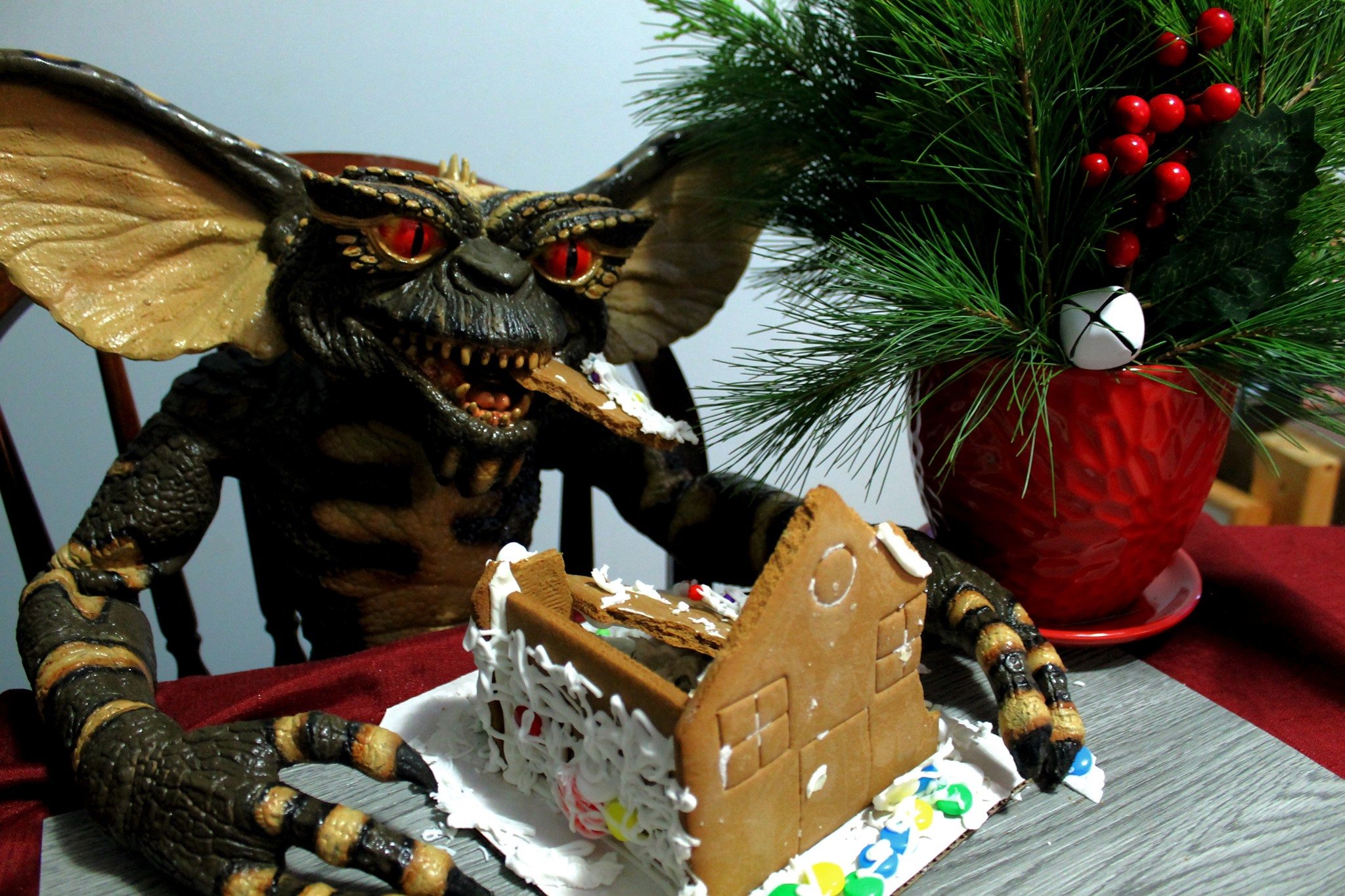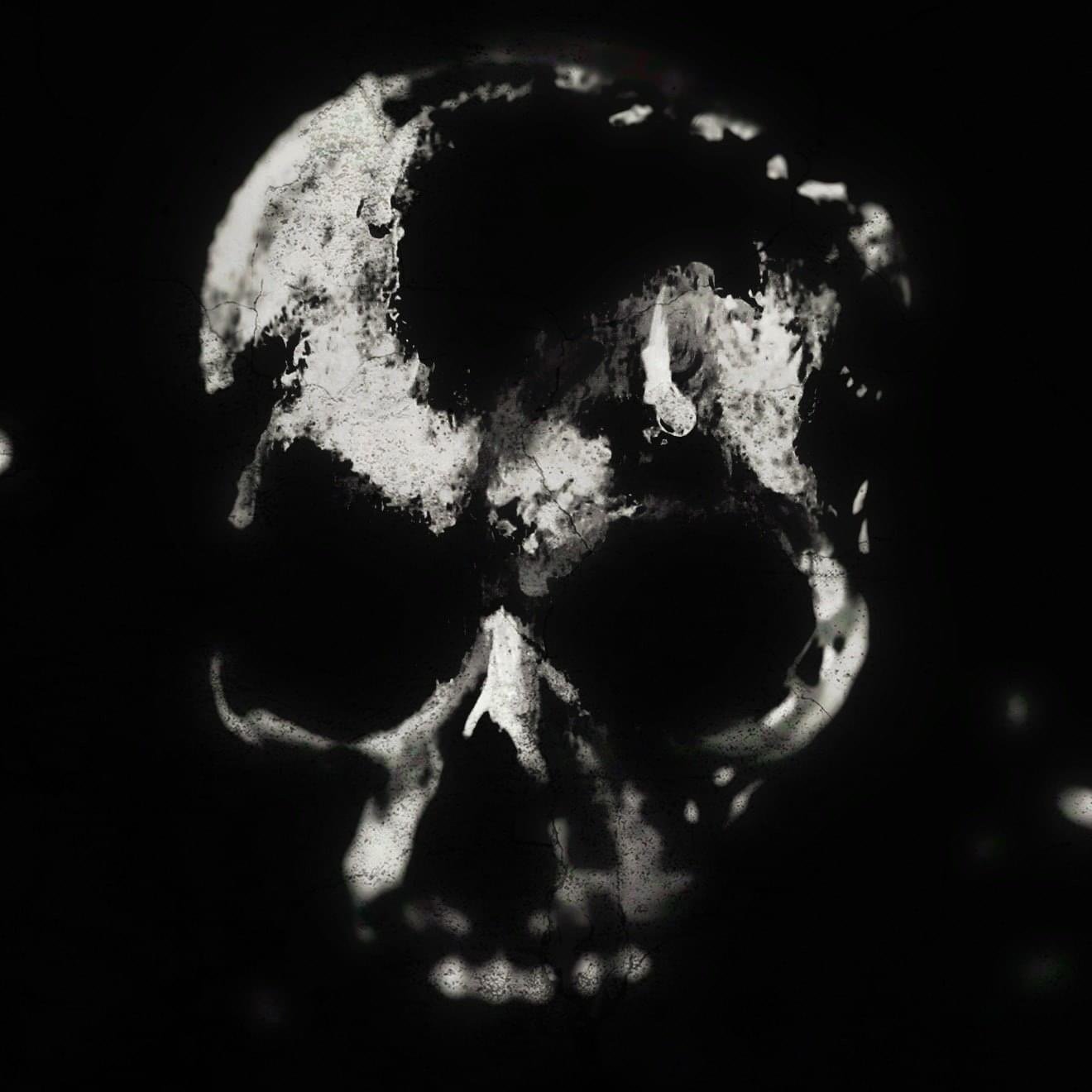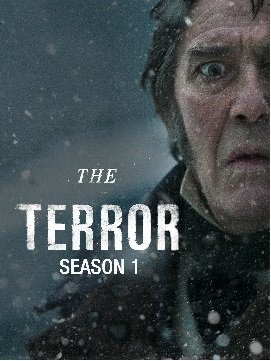The Horrors of Adolescence
/Oh yeon-seo and song chae-yoon in a blood pledge
The South Korean education system has long been scrutinized for its fixation on perfection. There are countless articles, television dramas, and songs dedicated to exposing the flaws that are present in an education system – and society – that demands perfection. When government censorship of cinema ended after the ousting of South Korea’s military dictatorship, New Korean Wave cinema exploded; this gave a new generation of filmmakers the ability to publicly criticize the issues they saw with their country.
One of the most glaring criticisms of the South Korean education system and notable exports of New Korean Wave cinema came in the form of Whispering Corridors.
Whispering Corridors was released as a standalone film in 1998, and upon its massive success, has been followed by five sequels: Memento Mori (1999), Wishing Stairs (2003), Voice (2005), A Blood Pledge (2009), and The Humming (2021).
l-r: whispering corridors, memento mori, wishing stairs, voice, a blood pledge, the humming
Thematically, the films are similar but don’t act as direct sequels. Each film takes place at a different all-girls high school, focusing on the abuse suffered by the students at the hands of their teachers and classmates. The setting of the Whispering Corridors series being schools is fitting: according to a 2019 poll, nearly 34% of Korean middle and high school students contemplated suicide due to academic pressure.
An environment that drives children to consider such extremes is part of what inspired producer Lee Choon-yeon to write horror films set in high schools. In an interview, Lee stated, “I guess another motivation on my part was…my antagonism toward the way Korean education was going at the time…Korean secondary education was geared toward suppressing individuality and creativity.” Aside from being some of the first mainstream films to criticize the Korean education system, the Whispering Corridors series also feature taboo topics such as teen suicide and sexual assault.
rie young-jin and park ye-jin in memento mori
The central characters in each installment are, to some degree, outcasts: timid, artsy, intelligent young women who are taken advantage of and destroyed by a system rigged against them. Many of the films focus on how the school system ruins friendships and relationships in favour of molding the perfect student. In Memento Mori, students Shi-eun and Hyo-sin are harassed by their peers for being in a relationship; the social pressure of being in a same-sex relationships drives Shi-eun away, and Hyo-sin ultimately commits suicide. In Wishing Stairs, best friends Jin-sung and So-hee are torn apart when they compete against each other for a spot on a Russian ballet team. After Jin-sung makes a wish on the legendary wishing stairs, So-hee becomes paralyzed, and Jin-sung gets the coveted position. So-hee commits suicide after she realizes she can’t continue pursuing ballet, and her vengeful spirits torments Jin-sung and the other students.
Whispering Corridors speaks to the horrors of adolescence: the fear of not fitting in, the fear of rejection, the fear of not being perfect. And by the end of each film, we realize that the villain is not the dead girl haunting the school halls, the students who mercilessly bully each other, or even the teachers who encourage corporal punishment; rather, the villain is always the school, and the brutal education system that pushes the students over the edge. The education system is what ultimately robs the girls in the Whispering Corridors films of their adolescence and sometimes, their lives.
It’s easy to brush off Whispering Corridors as another run-of-the-mill film series featuring ghostly girls and overused horror cliches. Like any good horror film, there are brutal and creative deaths and gory scenes filled with blood and screams. But at its core, the films are thoughtful critiques of a burdensome and often horrific education system and a society that abandons those who don’t conform.
Frankie Quinn is the resident scaredy cat who takes a particular interest in the intersection of feminism and queer culture in horror media.







































































